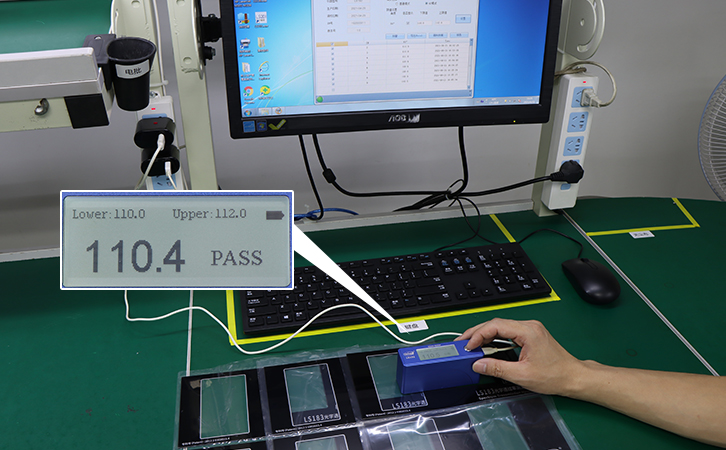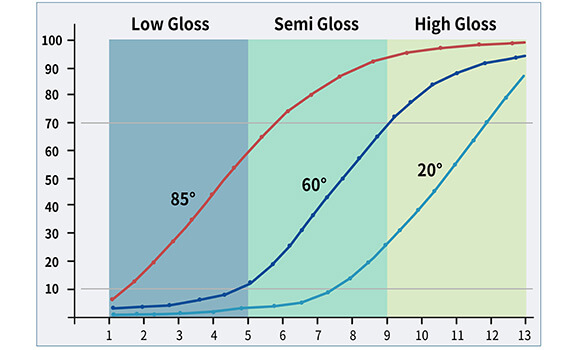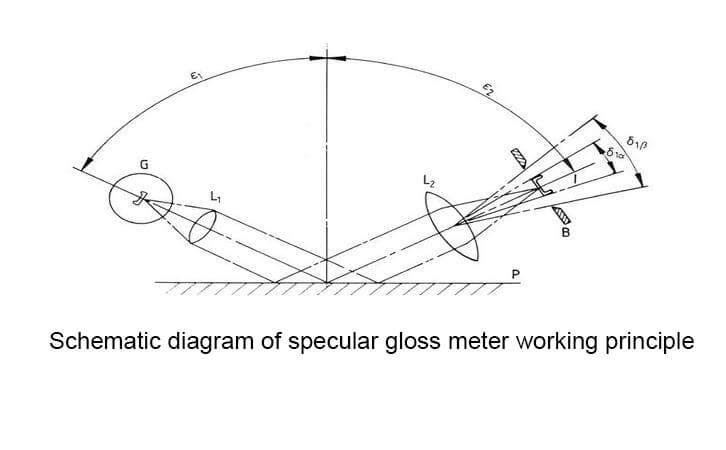Gloss Meters
Linshang offers multiple types of gloss meters equipped with data statistics functions and professional software, providing efficient and precise gloss measurement solutions. As a professional gloss meter manufacturer, we are dedicated to delivering high-cost performance and high-accuracy instruments for evaluating gloss uniformity across various surfaces.
Our gloss meters are widely used in industries such as automotive, printing, paint, coating, ink, plastic, paper, tile, stone, metal, plating, and more. Whether you need to measure the gloss of car surfaces, marble, or painted coatings, Linshang gloss meters deliver consistent and reliable results with exceptional accuracy.
For more information about product prices, technical parameters, and model selection, please contact us directly.
LS190 Gloss Meter
60° universal angle (0-200GU range) | 1GU resolution
Budget-friendly entry-level solution
One-touch measurement - place & read instantly
Ideal for basic QC checks & field inspections
LS192 Professional Gloss Meter
60° universal angle (0-1000GU extended range) | 0.1GU resolution
Auto temperature compensation - ±0.2GU repeatability
Certified accuracy (Meets ISO 2813 & ASTM D523)
Aircraft-grade aluminum housing | Pocket-sized
LS193 Mini Measuring Aperture Gloss Meter
60° universal angle (0-1000GU range) | 0.1GU resolution
Ultra-small 3*6mm aperture (1.5*3mm spot)
Precision micro-surface measurement
Perfect for curved material/mini size material/jewelry
LS195 Cost-effective Gloss Meter
60° universal angle (0-200GU range) | 0.1GU resolution
Cost-effective gloss meter
Rapid QC mode - 50% faster batch testing
LS196 High-Precision Gloss Meter
60° universal angle (0-1000GU range) | 0.1GU resolution
ISO 2813 compliant measurement
Smart data trending with PC software
QC checks & field inspections
LS197 Tri-Angle Gloss Meter
20°/60°/85° multi-angle (0-2000GU) | 0.1GU resolution
ASTM/ISO dual-certified results
Professional paint/plastic/metal gloss analysis
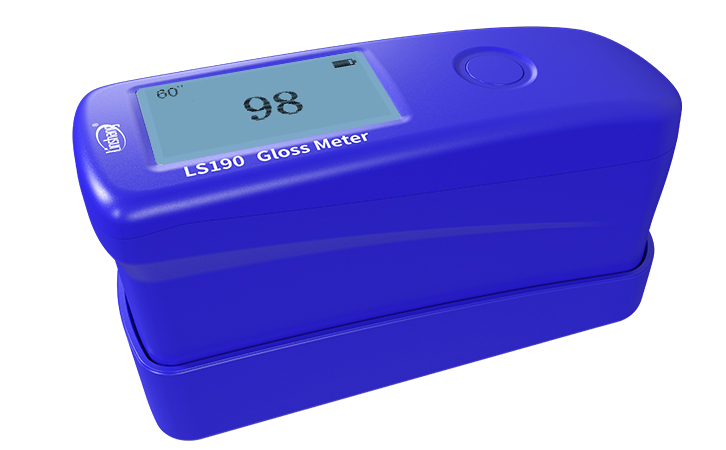
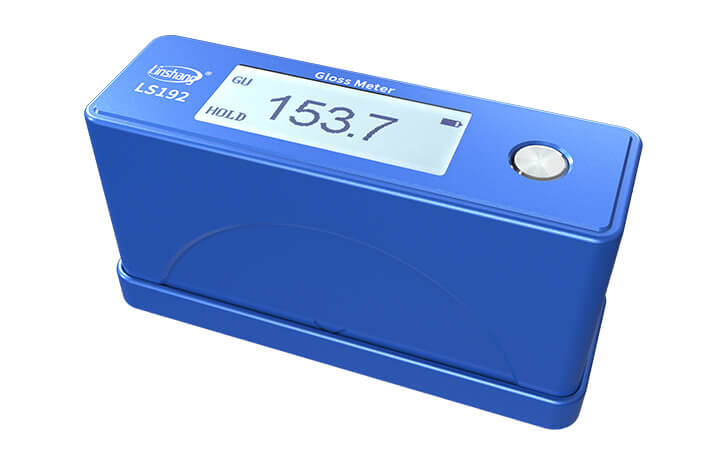




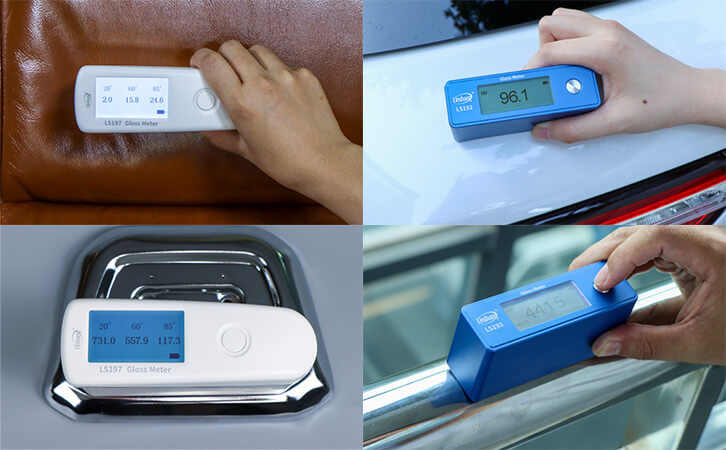 Application of gloss meter at different angles
Application of gloss meter at different angles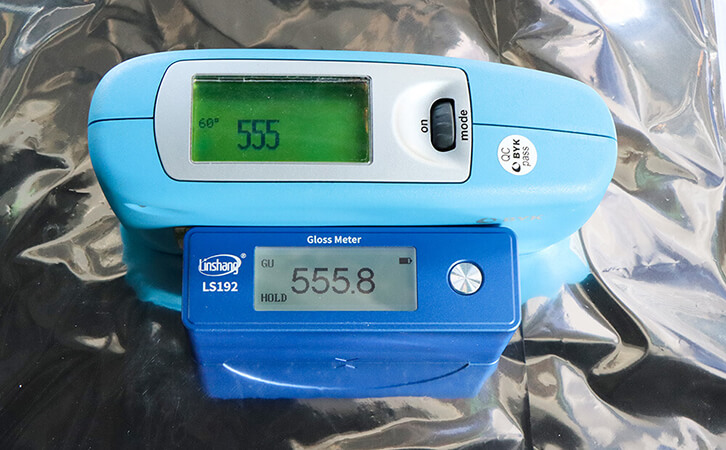 Comparison between Linshang Gloss Meter and BYK
Comparison between Linshang Gloss Meter and BYK